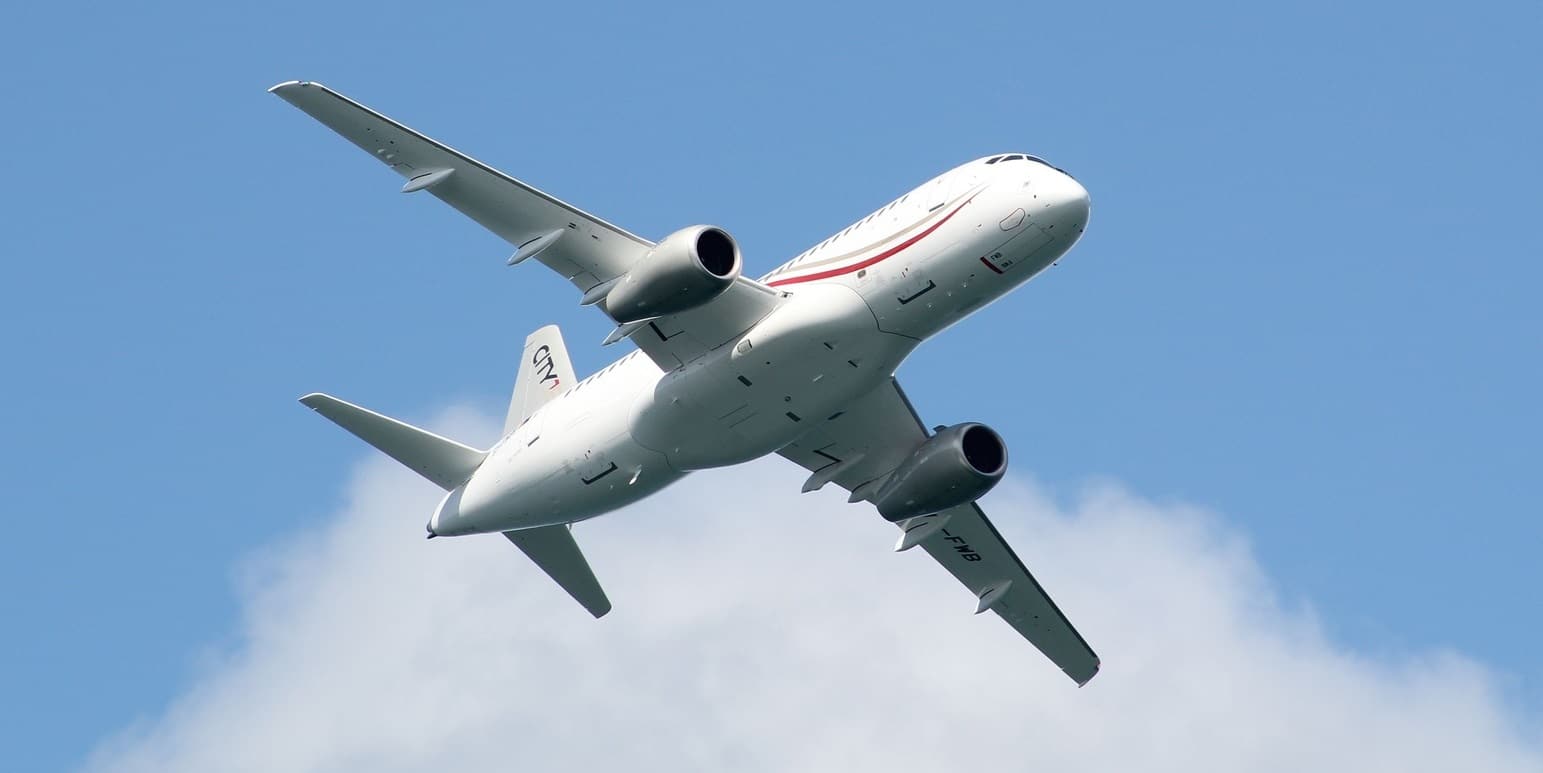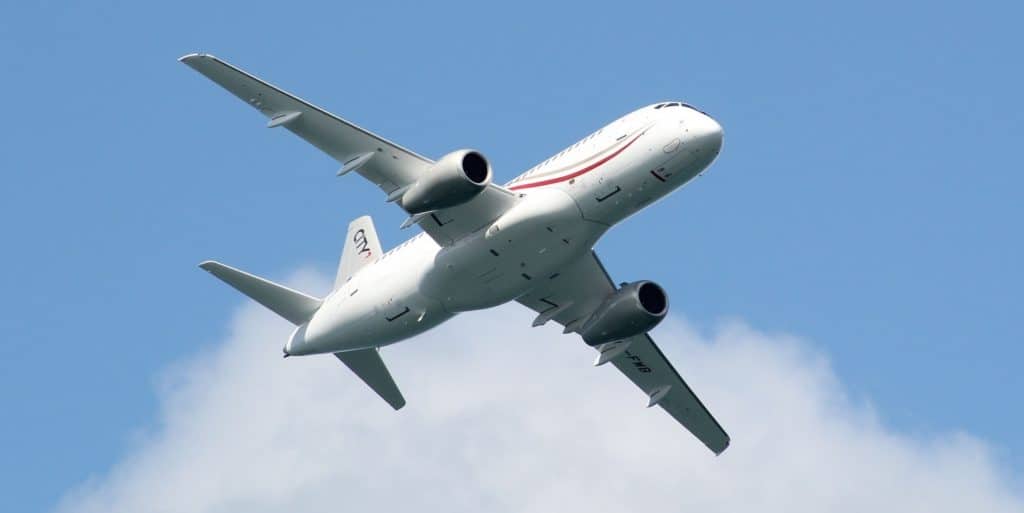
If you have ever sat in the airport terminal and closely watched the airplanes taking off you may have noticed that some of them start turning not long after taking off. Some airports seem to have the planes always turning, while others seem to let them fly straight ahead as they climb. There must be a reason why some turn and some don’t!
Airplanes may begin turning immediately after takeoff to reduce noise over urban areas, to avoid high terrain and storm cells, at the request of air traffic control, or to turn & get established on course as soon as possible. Most busy airports will have departure routes to help with traffic flow.
Now that we know there is some logic to why some planes turn and some don’t let’s have a look at why each of these factors requires turning the aircraft so soon.
Reasons Why Airplanes Turn Immediately After Takeoff
Airport Departure Procedures
At most large airports there will be multiple departure procedures published for each runway. These procedures allow quick communication between air traffic control (ATC) and the pilot to ensure both understand exactly where the aircraft will go.
These departure procedures – Known as SIDs (Standard Instrument Departures) are a written and pictorial diagram of headings, altitudes, and waypoints the airplanes need to adhere to when assigned a SID to follow by ATC.
SIDs also give the pilot/s pertinent information regarding local procedures to ensure flight safety. This SID below is the CONNR5 Departure Procedure. At large airports, there could be dozens of SIDs depending on the runway/s in use and the direction the flight needs to transit.
Upon contact with ATC, the pilot/s will be informed they need to fly the CONNR5 Departure as published. Any alterations to the published SID can be overridden by ATC and the pilot will be informed of any new alteration to which they must fly.
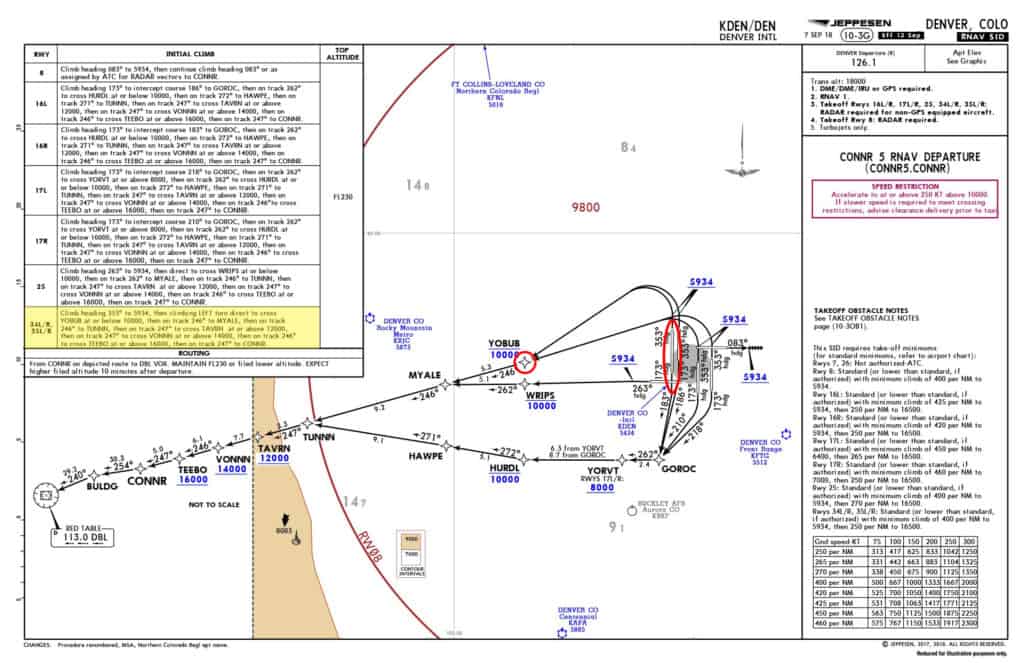
Obstacle Clearance
The SID above is one of many for the Denver International Airport (KDEN) in Colorado. When taking off from any of the North facing runways the pilots must turn the aircraft to the left while climbing and head towards the YOBUB waypoint.
When taking off from any of the South facing runways the pilots must turn the aircraft to the right while climbing and head towards the GOROC waypoint.
This is to ensure obstacle clearance from the surrounding Rocky Mountains! The blue underlined numbers are the minimum altitude the aircraft must be at when crossing that point. YORVT for example needs the aircraft to cross it no lower than 8,000 feet.
When the line is above the blue number, that is the maximum altitude an aircraft can be when crossing that waypoint.

Join My Newsletter & Get Great Tips, Information and Experiences To Help You Become a Superb Pilot!
Noise Abatement
In recent decades the pressure upon airports to reduce the noise of aircraft coming into and departing from has been steadily increasing. As more and more subdivisions get built in the surrounding area, the more an airport has to control its noise pollution – Stupid I know! The airport was there first and the home buyers are mad at the noise!!
One of the ways the airport can help to minimize the noise is to get the airplanes to turn away from the populated areas soon after liftoff. This can be done using a SID or ATC can issue a heading to fly after takeoff for which the pilots follow.
Even just a slight heading change to prevent the airplane from flying directly over the houses can dramatically reduce the amount of noise heard at ground level.
To Find Out How Pilots Further Reduce Noise After Takeoff See This Article:
This Is Why Pilots Reduce Thrust After Takeoff?
Traffic Avoidance
At some of the larger international airports planes can be landing and taking off side by side using parallel runways. Two aircraft can be cleared to take off at the same time from parallel runways and each aircraft will be required to turn left or right a few degrees once airborne to establish flight paths away from each other.
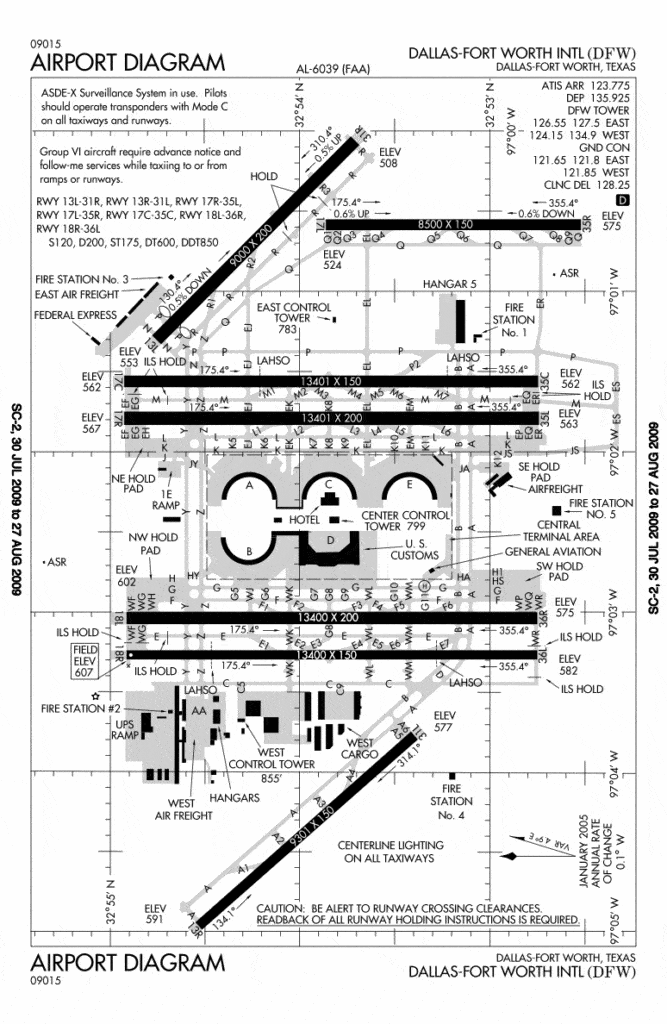
Here is the pilot’s Airport Diagram for Dallas-Fort Worth International Airport (KDFW). You can easily see the two pairs of parallel runways closest to the terminal. One example would be the outside runways will be used for landing airplanes and the two innermost runways for airplanes taking off.
Operational factors will dictate how often ATC will use the parallel runways at the same time, but it’s easy to see that changing the heading of each airplane away from one another after takeoff will set them on diverging paths.
Weather
When large thunderstorm cells build in the vicinity of an airport, ATC will be working hard to direct pilots to fly their airplanes around the cell with plenty of distance to prevent turbulent rides for the passengers. As airplanes take off from an airport with a cell in its departure path, ATC will give the pilots headings to fly (Vectors) to bypass the cell and get them on their journey with as little disruption as possible.
ATC will vector aircraft for as long as possible until it becomes necessary to halt all departing traffic until they can safely resume departures again. You may have experienced this, especially in the hot, humid summer months.
If you see a large, dark storm cell approaching your airport be prepared for some delays!
Air Traffic Control
When operational factors require, ATC can issue pilots to alter the course of their airplane for various reasons. The weather just mentioned other air traffic, birds, or aircraft spacing are the usual culprits for getting an aircraft to start turning immediately after takeoff.
Most airports will try and get the planes to climb as high as they can, as fast as they can to help with noise but there are times when ATC needs to intervene and keep their airspace flowing efficiently.
Why Do Planes Turn Before Landing?
Airplanes will turn before landing to line up with the runway. Turning can be done close to the runway by small aircraft or miles away for large commercial airplanes while being vectored by air traffic control (ATC). ATC will aim to get planes to intercept the final approach course around 30°.
Depending on the size of the airport, it will dictate how close to the airport you will see planes turning before they land.
At smaller, less busy airports, you may see smaller aircraft turning onto final approach fairly close to the end of the runway as the pilots will be manually flying the plane to allow for a quicker landing. Flying a full instrument approach takes a lot longer compared to when the pilots can see the runway and just hand-fly the landing.
When larger, commerical airliners are flying into an airport they will all be getting vectored (Steered) by ATC to line up with the runway heading to allow the aircraft automation to ‘Intercept’ and ‘Couple’ to the Instrument Landing System and automatically fly the approach to land.
If you ever get to see the radar screen of an approach controller they will be bringing in all the aircraft for landing by vectoring them to a particular waypoint several miles away from the start of the runway. By doing this, they can separate each airplane and ensure each plane is lined up for the correct runway – especially important when landing using parallel runways!
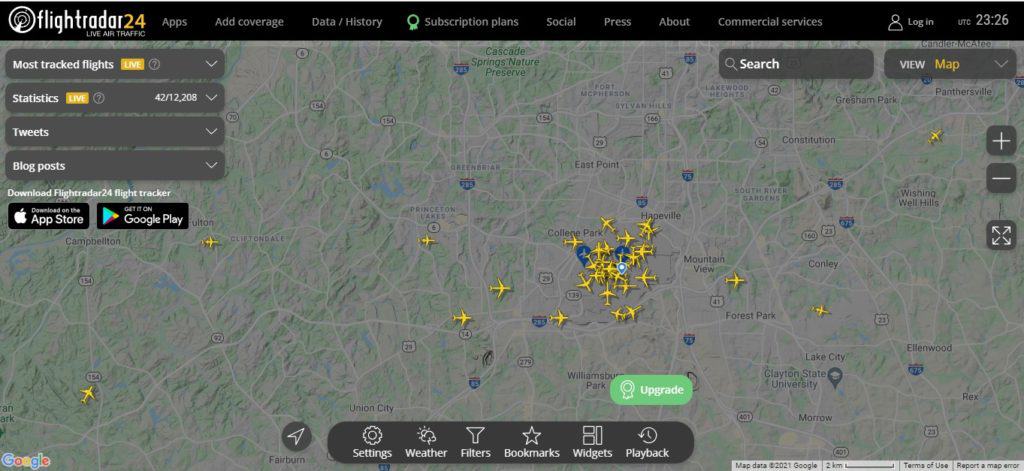
To see how ATC does this, CLICK HERE and zoom in to see live radar from Atlanta Hartsfield-Jackson International Airport (KATL). This is one of the busiest airports in the U.S. and regularly uses parallel runways for both landing and takeoff.
To Finish
When you see airplanes turning immediately after takeoff it is either being done to increase efficiency and get planes heading in the right direction faster or to ensure safety is maintained whether it be placing distance between aircraft, aircraft, and terrain, or aircraft and weather.
Most airplanes will take off straight ahead and fly the runway heading for a few miles before turning as per the SID or ATC vectors. Next time you are sitting in the terminal, see if you can see any aircraft turning straight away and then see if you can find the reason why!
Further Reading:
If you found this article interesting here are a few more you may like:

